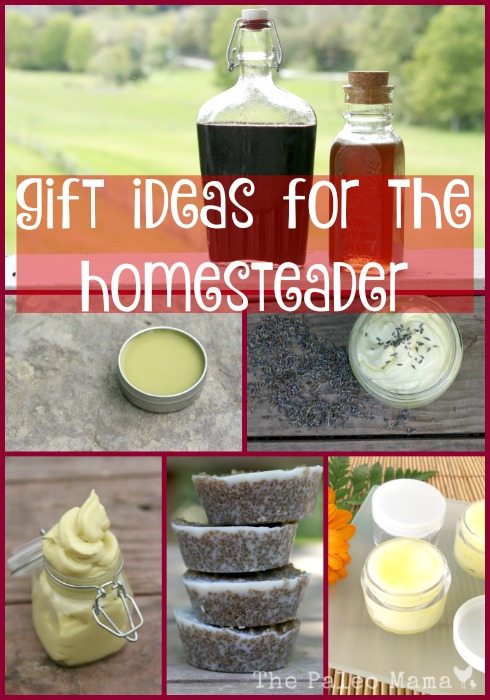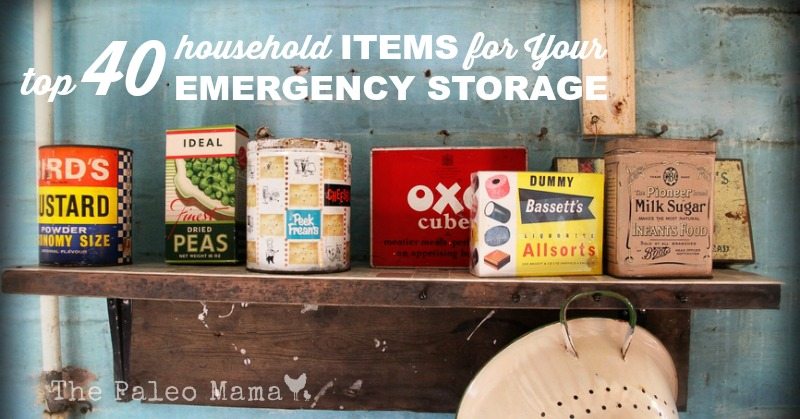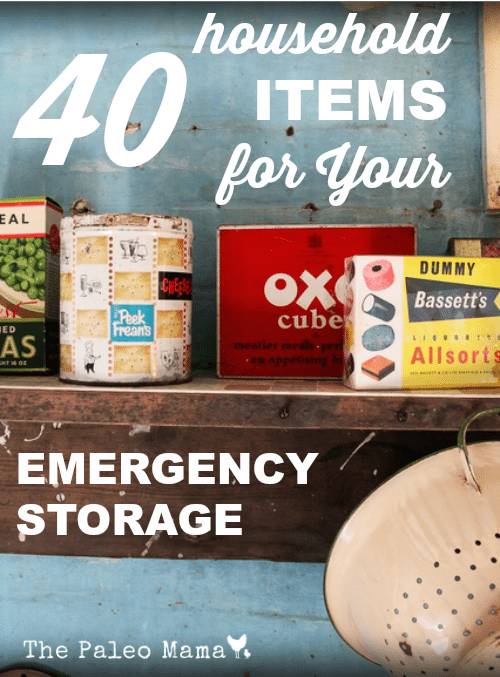For years the best-known body system cleanse has been juicing. Juicing involves extracting the juice from fruits and vegetables using a cold-press juicer. The juice is loaded with vitamins, minerals, antioxidants, anti-inflammatory compounds and phytonutrients all in one easy drink. Juice cleanses have been widely used to cleanse the body and often are suggested as a sporadic fast of several days detox the body and kick start body systems into optimal function. But there have been negatives to juicing, including: the high cost of the fruits and vegetables as well as the expensive juicer you need to prepare the juices; negative symptoms like dizziness, headaches, weakness, and overwhelming hunger; and the high sugar/low fiber content of the juices after pressing.
What Is Souping?
Let’s start with this definition for souping:
It is a soup-only cleanse to heal and nourish your body with wholesome ingredients. It allows your body to detox naturally while simultaneously reducing inflammation, giving your body the nutrients it needs, and increasing circulation.[1]
Today many people have found juice cleanses to be too extreme, and are discovering that souping promises an easier detox than a juice cleanse. Just as there are many different approaches to juicing, so too there are many suggested approaches for souping. These include:
- A 24-hour raw cleanse
- A 3-day boost to your digestive system cleanse
- The 5-day soup cleanse,
- Following a prescribed program of specific soups
- Choosing or making the soups you use for the cleanse
Each of these approaches share one common feature—you eat only soup for every meal of the day, and you follow this regimen for a chosen number of days.
I can easily see why souping is growing in popularity. There is nothing more soothing to me than a warm, tasty, homemade soup made with homemade bone broth (recipe here). I want to take a closer look at this newer trend, and see if we can see what all the excitement is about!
What’s Healthier: Souping or Juicing?
Which is healthier is somewhat of a preference choice of the individual considering a cleanse. There are benefits and downsides to both. Take a look at some of the qualities of each in the table below:
| Souping | Juicing |
| Offers variety | Raw only product |
| Can be served in hot, warm or cold | Served fresh (cold) |
| Contains fiber | Almost no fiber, very high in carbohydrates and sugar |
| Contains proteins | Enormous amounts of vitamins and minerals |
| Made from: fruits, vegetables, legumes, and even meat | Made from vegetables and fruits only |
| More effective in suppressing hunger | Easier to digest |
| More appropriate for long-term cleanses | More appropriate for short-term cleanses |
| Lower in calories | Higher in calories |
Many people find that souping is more economical—if you are making your own soups. If you have tried juicing in the past, no doubt you’ve discovered that it takes a lot of fresh fruits and vegetables to get only a couple glasses of juice. Soups are really inexpensive to make, and you don’t need an expensive piece of equipment to make soup. In addition, you can store your soup in the fridge for several days, and for months in the freezer. Soups will not leave you feeling hungry, and you can use a wide variety of herbs, spices, and broth to make your soup.
How Many Days Do I Stay on the Soup Cleanse
There are a number of Soup Cleanse Programs that provide the soups you use and prescribe the number of days you stay on them, including:
While these canned programs are handy to use and provide you with low calorie, low sodium, fiber-rich soups, you will find that they are pretty expensive to use. Since making soup is so easy, it is my recommendation that you take the plunge into making your own great tasting and often healthier homemade soups to use.
If you are making your own soups, and not following a Soup Cleanse Program the number of days you continue eating soups is up to you. However, like any other low-calorie plan, it is not advised that you eat only soups for more than a week or so.
What Kinds of Soup Do I Use?
Soup cleanses uses vegetables that are super low on the glycemic scale, which are also packed with fiber. Great veggies to include are: onions, beets, carrots, cauliflower, spinach, and dark, leafy greens and root vegetables. You can add fruits, legumes, and even meat, but this will raise the calorie count, so only 2-4 ounces of protein or legumes are recommended for each serving of soup.
The options are wide open for what you should include in your detox soup. You will want to use the healthiest, freshest ingredients possible. Stay away from any creamed soups, soups loaded with things like beans and beef (think chili), and soups filled with complex carbohydrates like root vegetables. Don’t add any grains (pasta, noodles) to your detox soups.
You can find many recipes for detox soups online. Note: One very important recommendation from me: Use only homemade bone broth as the base for your soups. Some of the variety of soups include:
- Vegetable only soup—There are dozens of good vegetable soup recipes online. One that you might want to consider can be found here.
- Chicken Detox Soup—Chicken soup is loved by almost everyone, and it really doesn’t take a recipe to make. I love using my homemade bone broth, and throwing it into my slow cooker with some carrots, celery, maybe some onion, and my favorite spices (parsley, basil, rosemary, turmeric). But if you prefer to use a recipe, here is one that makes a great chicken detox soup.
- Vegetarian Hot and Sour Soup—Traditionally this soup is made with pork or beef. I recommend using chicken or portabello mushrooms instead. You can find a recipe here.
- Potassium Balancing Soup—Potassium is one nutrient that can be lacking in a diet. This detox soup pays extra attention to it, and can bring it back into balance.
- Detox Green Machine Soup—This soup is all vegetables and herbs blanched, then pureed into a healthy, low-cal, detoxifying soup. (Here)
- Carrot, Cumin and Ginger Detox Soup—Carrots are a good source of antioxidant Vitamin A and fiber. Cumin and ginger have curative properties and act as a cleansing agent for the body. You will find the recipe here.
Why Should I Consider a Soup Cleanse?
Are feeling lethargic and fuzzy-headed? Have you gradually slipped off the healthy eating wagon and fell into a habit of eating unhealthy “Comfort” foods? Do you want to get healthier and to live a longer, more vibrant life? Are you trying to heal a chronic condition? Then cleansing is essential to your health and longevity. There are so many benefits to cleansing, including:
- More energy
- Healthier hair, skin and nails
- Less frequent colds and flu
- Reduced risk for chronic disease
- Mental clarity and a sense of wellbeing
- Freedom from food cravings
- Freedom from joint and muscle pain and headaches
- Sound and restful sleep
- No more digestive distress
- Enhanced libido
- A much younger and more energetic body[2]
My Favorite Soup Recipes
I want to help you get started by sharing three of my favorite soup recipes. These will get you started, and are inexpensive and easy to make. Try them—you will like them!
1. Homemade Bone Broth
Homemade bone broth will be the base for just about any detox soup you make. I am absolutely passionate about making bone broth, and I make it at least once a week, using the bones from our own harvested chickens, or bones I’ve begged or purchased from neighbors, farm stands, farmer’s markets, and have even been known to beg for them from restaurants. I use either my slow cooker or instant pot to make the soup, which actually makes itself—all I have to do is throw the ingredients into the pot.
Items Needed
- Slow cooker or Instant Pot (the instant pot is my preferred method now)
- Approximately 2-3 good quality, organic bones (beef, pork, chicken, turkey, etc)
- 1-2 Tbsp. of raw, apple cider vinegar (like this one)
- Vegetable scraps: I use 1 onion, 1 celery stalk, 1 carrot, 3 cloves garlic, 1 in knob of ginger, handful of herbs, salt and pepper
Instructions for Slow Cooker:
Turn your slow cooker to high. Add your bones and vegetable scraps. Add raw apple cider vinegar (vinegar helps to extract minerals from the bones, but can alter the taste of the broth, so go easy with it). Add water to cover the bones, leaving about 1 inch of room at the top. Let it cook for 24 hours at least—48 hours or longer is ideal.
Allow it to cool a bit, and then pour it through a strainer and allow to cool fully. If you’ve used a lot of bones, your broth will gel in the fridge, but don’t fret if it doesn’t gel.
Instructions for Instant Pot (preferred method):
Add your bones, 1 carrot, 1 celery stalk, onion, ginger, and apple cider vinegar to your Instant Pot. Add water to cover the bones. Press the “soup” button and adjust the time to 90 minutes. Allow it to naturally release. Cool for a little bit and pour it through a strainer and allow to cool fully. If you used a lot of bones, your broth will gel in the fridge, but don’t fret if it doesn’t gel (mine always gels in my Instant Pot…never in my Slow cooker).
2. Homemade Chicken Vegetable Soup
There is nothing better than homemade chicken soup to soothe a cold or sniffles or to gobble up on a cold, blustery day. My homemade Chicken Vegetable Soup is adapted to the combination of spices and vegetables that my family loves. You can specialize it to your own preferences for your detox soup.
Ingredients
- 4-5 cups of homemade chicken bone broth
- 2-3 lbs. cut up or shredded chicken (we often use leftovers)
- 2-3 cups carrots, chopped
- 1-2 cups celery, chopped
- ½ cup onion, chopped
- 1 tsp, ginger, grated (or use ½ tsp. ginger spice)
- 3-4 cloves garlic, minced
- ½ Tbsp. basil
- ½ Tbsp. parsley
- 1 tsp. turmeric
- Salt and pepper to taste
- About 3-4 cups water
Instructions
Put your chicken broth in a crock pot and add your chopped vegetables and spices. Add water to cover your ingredients and leave an inch of water or so above the ingredients (depends on how juicy you want your soup). Cover the crock pot and cook on high for 4-5 hours, or low for 6-8 hours. Remove the chicken and shred it (if it wasn’t already shredded). Add it back to the crock pot and cook on low an additional hour. Adjust the salt and pepper before you serve it.
3. Homemade Turkey Soup
I love having enough leftover turkey after a great Thanksgiving meal to make some homemade turkey soup. My mother made sure she bought the biggest turkey available, and make turkey broth the day before Thanksgiving so she could throw the soup together right from the Thanksgiving table. I recommend my homemade turkey soup for anytime—not only during the holidays.
Ingredients
- 1 gallon homemade turkey stock
- 1 Tbsp. parsley
- 1 Tbsp. pepper
- 1 Tbsp. Himalayan sea salt
- 1 tsp. oregano
- 1 tsp. sage
- 1 tsp. garlic salt
- 1 tsp. poultry seasoning.
- 1 lb. sliced or diced carrots
- 1 bunch cut-up celery
- At least 2 cups reserved turkey
Instructions
Put turkey stock in crock pot. Add spices and cut up vegetables. Mix well into stock. Cook on low 3-4 hours. Add reserved turkey pieces (cut into bite size pieces), and continue cooking 1-2 more hours. Taste and adjust seasoning as needed. This makes a great detox soup, and it freezes well.
Get Started
So…is the new trend of souping something you want to try. It is a pretty flexible plan, and you can make your choices of nutritious, low-calorie soups. Research online to find some of the best recipes you can for your family. You can soup cleanse for 3-7 days, eating only soups for each meal, or you can choose to eliminate one meal and substitute soup. Be sure that you are consuming only the most nutritious, healthy soups and/or other meal items. Be sure you drink lots of water while you are on the cleanse. This will help to move the toxins out of your body. I guarantee that when you finish, the negative symptoms that made you begin will be gone!
Try it—you will like it.
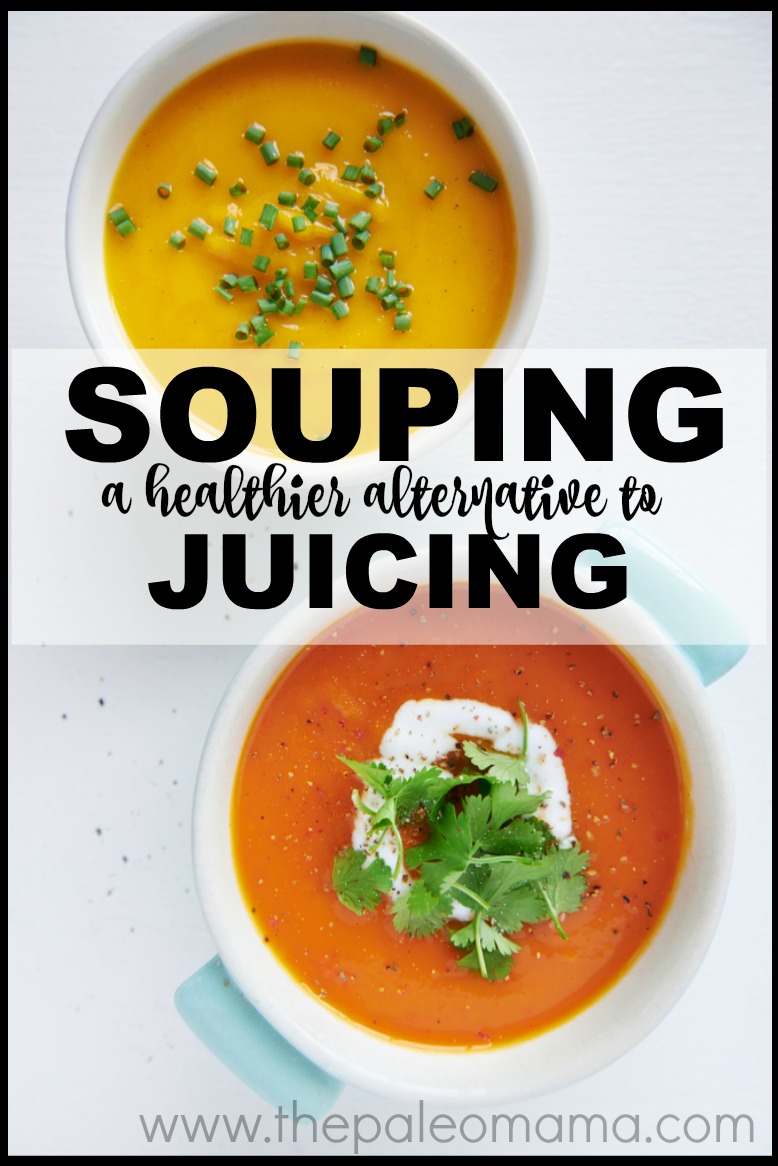
[1] https://www.harpersbazaar.com/beauty/diet-fitness/a14306/everything-you-need-to-know-about-souping/
[2] https://bodyecology.com/articles/your_body_needs_to_cleanse_pt2.php

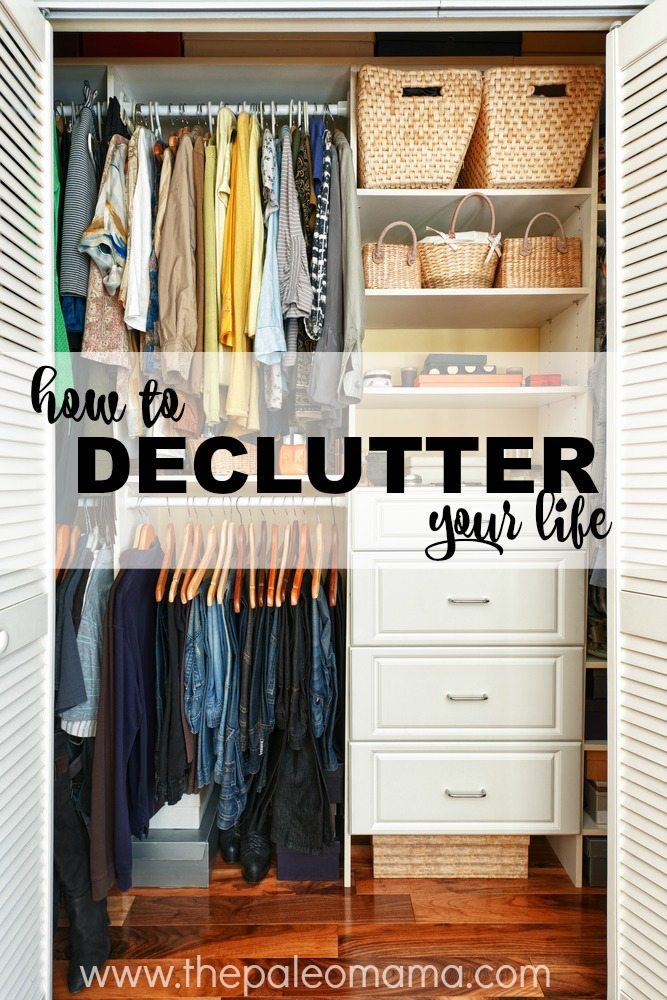
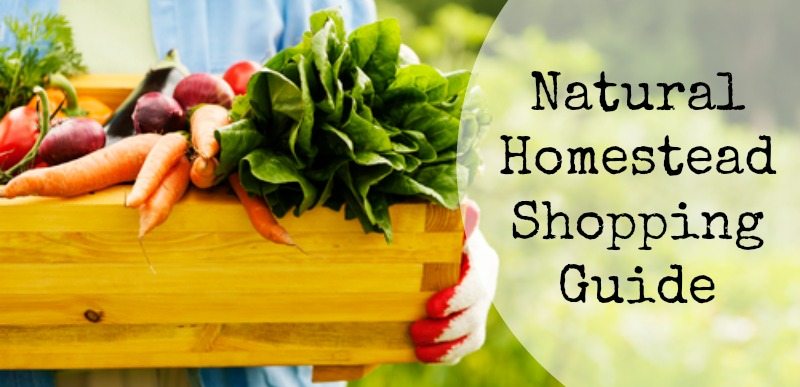












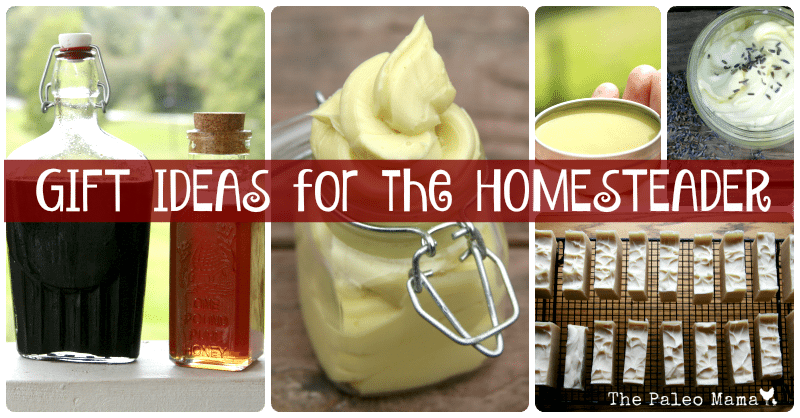
 I LOVE LOVE LOVE dōTERRA and would love to help you get started using
I LOVE LOVE LOVE dōTERRA and would love to help you get started using 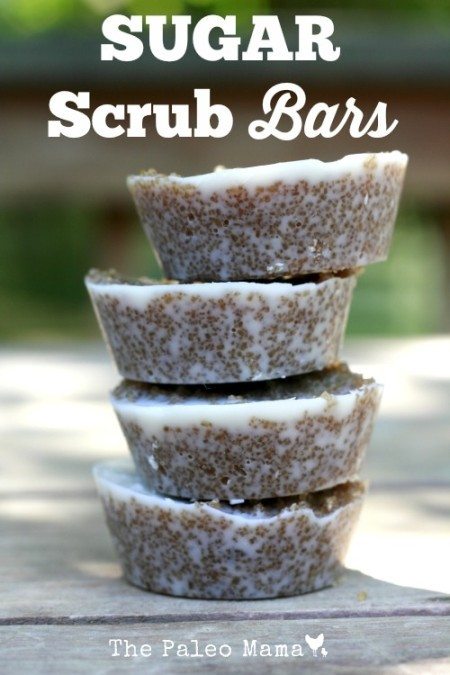
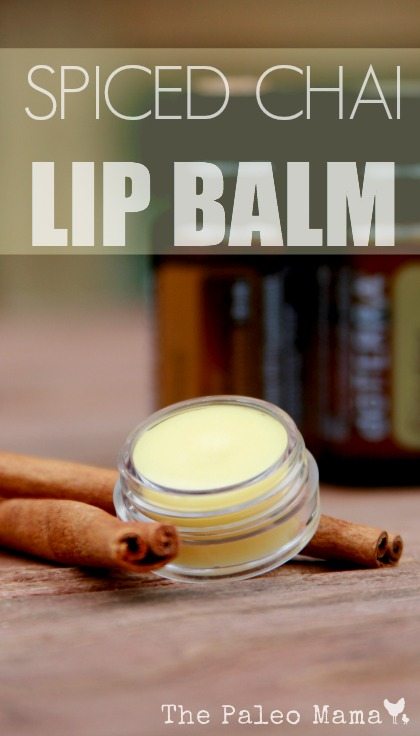
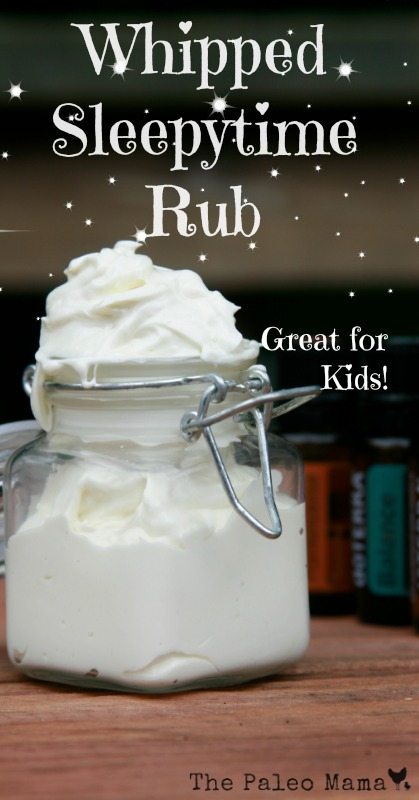 Now we eat dinner at the table as family and then we slowly
Now we eat dinner at the table as family and then we slowly 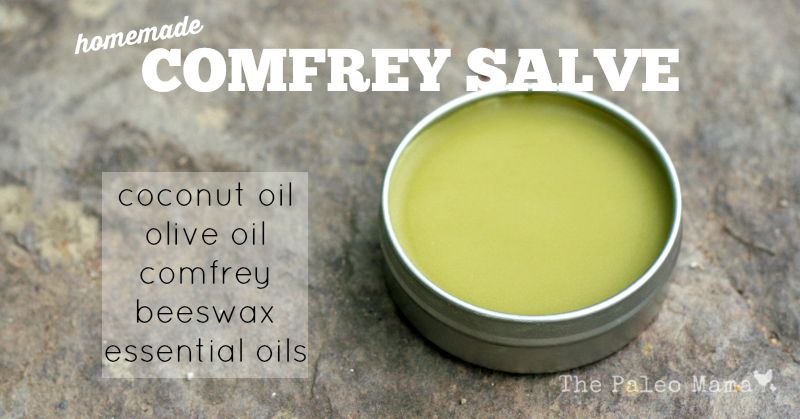
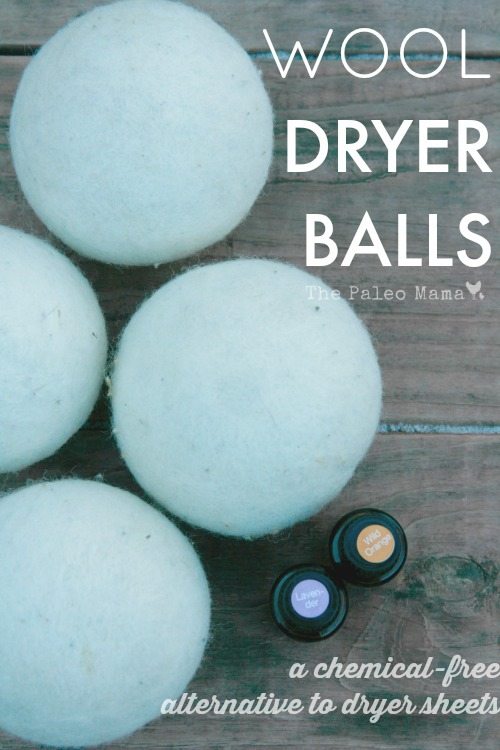 Since I have made the switch to using wool dryer balls, instead of dryer sheets, my pocket-book is much happier, and so is my
Since I have made the switch to using wool dryer balls, instead of dryer sheets, my pocket-book is much happier, and so is my 